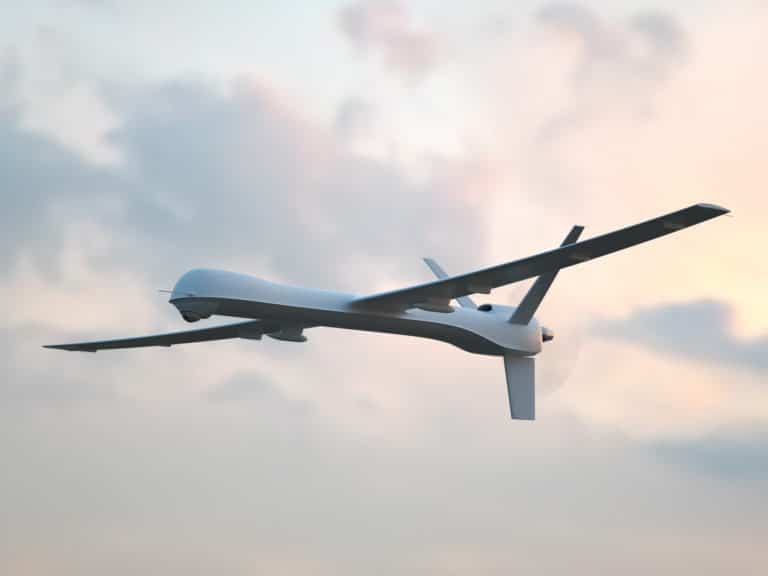Unmanned aerial vehicles (UAVs), or drones, are often used in places where physical obstructions can interfere with line-of-sight (LOS) communications. Dynamic conditions such as extreme weather and interference from other drones can also affect communications between a UAV and ground controller. As As beyond-visual-line-of-sight (BVLOS) deployments become increasingly common, the UAV industry faces greater challenges to network connectivity. Are better UAV antennas part of the solution?
Today, many small commercially-available UAVs are equipped with WiFi connectivity. This type of network connection is insufficient for BVLOS deployments, however, especially when wide-area connectivity is needed. By contrast, mobile networks offer wide area, high speed, and secure wireless communications. LTE networks for UAVs are becoming increasingly popular, and field trials have demonstrated that terrestrial LTE networks can provide reliable drone connectivity.
Because mobile LTE networks are optimized for broadband communications, ground controller antennas may be down-tilted to reduce the power level interference to other cells. The way that antennas are mounted and positioned are important, of course, but there’s more to consider here – especially for military and industrial applications. For reliable communications between a UAV and ground controller, especially in complex NLOS deployments, multi-polarized antennas provide a proven solution.
MP Antenna, the exclusive developer and manufacturer of multi-polarized antennas for demanding applications, supplies UAV antennas for tough NLOS conditions. These lightweight, omni-directional antennas provide increased throughput and signal stability in obstructed environments. Compared to standard dipole or singularly polarized antennas, they also increase range and performance. In real-world environments where other UAV antennas fail to connect, SwarmLink™ antennas deliver.
Drone traffic keeps growing – and so are network problems. For better connectivity and improved flight control, the UAV industry needs multi-polarized antennas. Even when physical obstructions don’t interfere with air-to-ground communications, changes in UAV altitude and direction can create polarization mismatches and cause signal degradation. SwarmLink™ antennas are built for challenging aerial environments and subjected to the best test bed of all, the real world.
For more information about SwarmLink™ solutions, contact MP Antenna.

